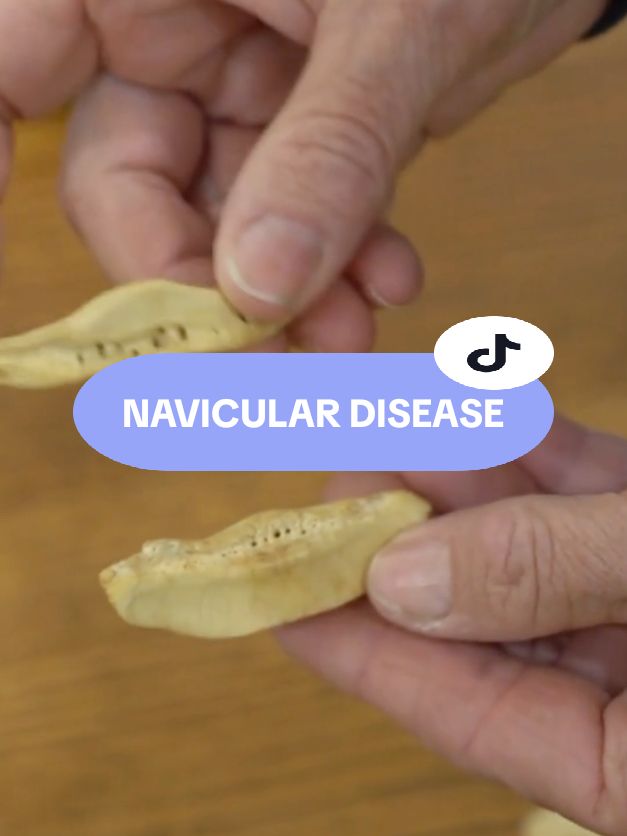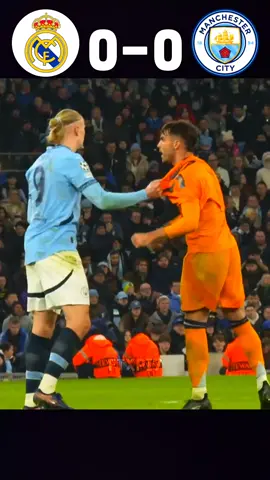S L O W O M O W
Region: UA
Wednesday 05 February 2025 18:21:40 GMT
58424
3290
40
4908
Music
Download
Comments
ганнуся :
якщо щось не подобається - спіть і живіть з чоловіками😌 чоловіки зазвичай більш submissive по природі
2025-02-06 07:50:24
149
Дашкент :
Здається саме жінки створюють людей)
2025-02-06 10:43:57
52
D.V. :
як радісно споглядати як мужчинчики покоління за поколінням втрачають значимість свого всемогутнього корнішончіка🥰
2025-02-06 20:24:36
23
Ентоні Сопрано :
в чому дід не правий 😅
2025-02-06 08:45:01
20
Alania :
Ким створений? Чи «розумні » чоловіки до сих пір вірять в існування всемогутнього Мужлана на небі?
2025-02-06 19:58:11
6
Максим △ :
ЄХХПХПХПХХПХПХХПХАХАХАХХАХАХАХАХ
2025-02-05 19:49:24
3
vvitaliy_95 :
Дід фактить
2025-02-06 12:45:27
2
ihoronysh :
Бо дід шо? Життя прожив...
2025-02-08 13:57:19
1
Нерґал :
Факт
2025-02-06 01:53:28
1
Valentina Fesina :
😂😂😂
2025-02-08 19:29:33
0
MaryLuck🍀 :
👀😂
2025-02-06 11:48:33
0
qw445 :
👍
2025-02-06 08:50:32
0
Син Лісу :
🤣🤣🤣
2025-02-05 23:18:50
0
Anna Silina :
😹😹😂😂😂😂😂😂
2025-02-05 21:28:35
0
roksaaa.sh :
Фігня якась
2025-02-06 06:11:24
3
Дима Бойко :
ну тут он прав
2025-02-10 09:59:01
0
Тарас Дідушок :
в коментарях купа фЄмок🤢😆🙄
2025-02-09 15:14:00
0
Nesko615 :
ото фемцелок в коментах
2025-02-07 00:44:53
0
To see more videos from user @slowomow, please go to the Tikwm
homepage.





